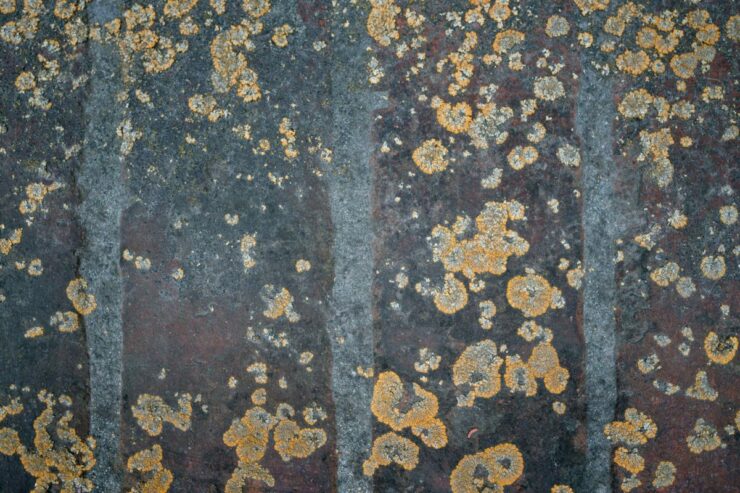A typical issue in homes is molds and despite the fact that it’s anything but consistently perilous, it can cause underlying harm to the house and it can ultimately affect your wellbeing if left untreated.
Molds are a type of fungus which has many different kinds and grows indoors or outdoors. The spores of the mold live in warm and moist environments.
The first thing to do is address the problem when you suspect a mold in your house and have it removed as soon as possible.
Here are some mold signs you should like for
If you smell an unusual odor that’s not familiar to you, look for it. It might be a mold issue. There are different types of mold and the smell is hard to identify, so investigating it is the best thing you can do.
You start to see tiny mold spores
You know you already have mold in your house if you can see it! And even if you see a tiny bit, you have huge problems ahead of you.
You’re just seeing the tip of the iceberg. All you need to do is to scrub thoroughly to the visible mold until it’s gone. If you have a hard time getting it out, call an expert and have them check your whole house and also get them to look for leaks for possible mold production.
You get nosebleeds from time to time
Getting nosebleeds is somewhat normal but it is unusual if you’re having it more than usual. You have a deadly mold issue in your house. With your unusual nose bleed, you might want to visit a doctor. There might be more serious issues you don’t know and also get the chance to rule out other causes.
Aside from getting nosebleeds, you will also notice your headache keeps getting worse. Exposure to mold can cause short and long-term harmful effects. So if you’re experiencing headaches more than usual, there can be a lot of causes so visit a doctor to rule out other causes.
Flood, know your house history
Your house has its own story to tell, whether it’s been built in WW2 or something else. If your house has had issues with flooding before then there’s a huge possibility of molds. You already know the drill, get it fixed!
 The battle with your immune system starts
The battle with your immune system starts
Having symptoms that are hard to recognize is stressful. You might think that you lack something with yourself. Am I treating my body so badly that I get the flu all the time? Those kinds of questions linger in your mind. But another possibility is mold might be causing the flu.
Try and spend a night away from your house to know if your sickness is related to mold.
Below is a list of molds and how to identify them
- Acremonium – Harmful mold where it starts small and evolves into a powdery material. This type of mold grows in your humidifiers, drain pans, cooling coils, and window sealants.
- Fusarium – Another toxic type of mold and is also allergenic. It appears to be white, red, or pink and is mostly found on wallpapers, fabrics, and carpets. It also grows on your food which spreads fast.
- Stachybotrys (also called Black Mold) – is a toxic mold that appears to be black or dark green with a slimy feel. They grow wet, damp and humid for many days. They also appear on your wood, wicker, and cardboard.
- Aspergillus – toxic but more on the allergenic side. This mold comes in multiple colors. If exposed, you might get risky reactions such as allergic reactions, inflamed lungs, and respiratory infections.
- Mucor – an allergenic type of mold that appears to be in gray or white color that grows rapidly in huge patches. They grow on your aircon units, old carpets, HVAC ducting where there is a lot of moisture due to condensation.
- Ulocladium – appears to be in color black and is mostly found in basements, kitchens, windows, and bathrooms where there’s water leakage and excessive condensation.
Conclusion
Don’t take molds too lightly. There are deaths that are caused by molds. If you notice even a single leakage or a damp spot on your house, fix it immediately. If not, the mold will just come back again. If left untreated, you will notice symptoms like breathing, asthma, nosebleed, eczema, and more.
If you smell something odd inside your home, that’s a huge sign that there’s mold in your house. Call a professional to urgently help you with molds.






